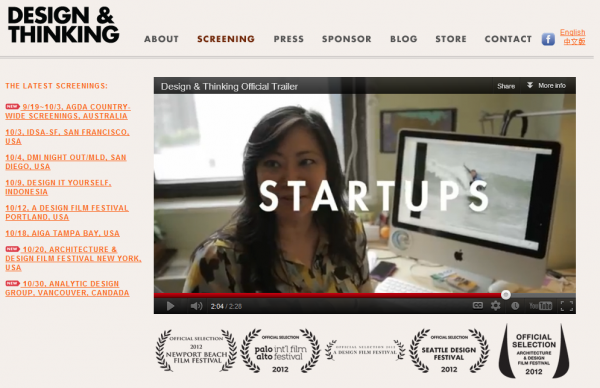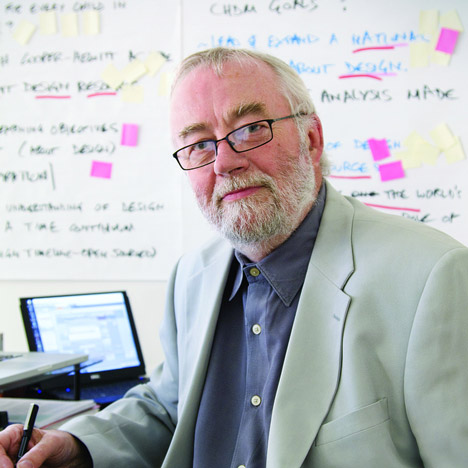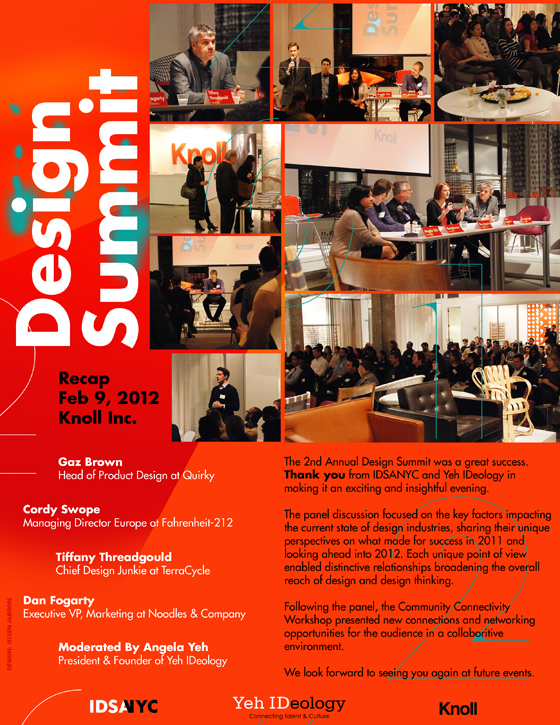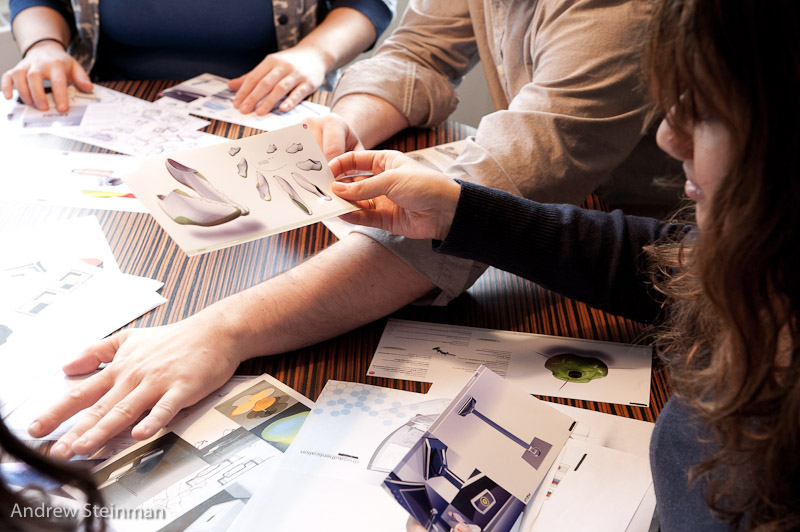By Angela Yeh | November 21, 2012
 Volunteers prepare food for those in the Rockaways [Image courtesy of Todd Seelie]
Volunteers prepare food for those in the Rockaways [Image courtesy of Todd Seelie]
It's 4:30am and I can't sleep. So many thoughts are racing through my head. I keep waking to put notes in my iPhone hoping that once they are safely recorded, they won’t keep needling me and I can go back to sleep. There's still so much destruction from Hurricane Sandy surrounding me and I'm so fortunate that those in my immediate circle are safe and out of harm’s way. I'm six months pregnant now and my husband, friends, and family insist I stay safe and not overdo it despite all my desire to get in there, roll up my sleeves, and offer whatever disaster relief I can. I care so much about this country. All of us at Yeh IDeology want to help in some way as New Yorkers and others on the East Coast struggle to recover and rebuild from nature’s fury. With Thanksgiving less than a few days away, the most prominent thoughts in our minds are those of thankfulness for all that we have, for all those who were kept safe throughout all of this turmoil, and for all those who have supported and helped those affected. The storm was and still is bad enough, but unfortunately, its not the only obstacle we Americans are facing now. The economy looks like it’s getting stronger, but it the fact is, there are many Americans who are still out of work, unable to find the opportunities that they want and need. At Yeh IDeology, we want to assist in the effort to put lives, homes, communities, and the economy back together, and helping people understand the job market is where we can have the most impact.
Having been in the recruiting business for 15 years now and establishing Yeh IDeology 6 years ago, we know the job market because we sit in the middle of the hiring process. I have heard so many of the same questions from job seekers and so many of the same questions from employers. The fortunate truth about Yeh Ideology’s team is that we are all designers: we specialized in the design world because that's the world we love, and we’re fortunate to help companies hire the best of the best of any category in which we specialize. As I teach about career strategies to students at Parsons New School and as we at Yeh IDeology advise our employer clients on issues about recruitment specific to design, it becomes clear that many of the lessons and topics we share span across all industries and professions and are relevant for people at all career stages, from the top-tier, seasoned professionals to the aspiring young beginners.
Prior to going into recruiting and starting Yeh IDeology, I experienced firsthand how lost a job seeker can feel not knowing what jobs out there were right for me and what jobs existed for me. Now that my team and I have a front row seat in the job market, we witness over and over how a career defines a person and gives them pride. We also see how crippling it can feel when someone can't find the job of their dreams, and how it can affect their composure.
As both a recruiter and a small business owner of a boutique recruitment firm, I experience firsthand the struggles business owners and businesses go through to build a thriving business. There are so many components to running a business and so many aspects of the business that need attention, time, and funding. We've seen companies find incredible solutions that balance those needs and succeed. And, conversely, we've seen businesses constrained by the many details to be juggled and tackled, and frustrated in their journey to succeed. We've witnessed some businesses struggle to find their way and then, for internal or external reasons, fail.
From our seat here at Yeh IDeology in New York, we care to share with you much of the knowledge and experience we have amassed. If in some small way we can help the job market and economy come together from both the job seeker's and the employer's perspectives, then we will all sleep better, assured we have done our part.
Let's all start sharing what we know and help each other succeed.
We hope that you all have a wonderful and safe holiday!
-Angela Yeh


 We were recently listening to Sherry Turkle’s
We were recently listening to Sherry Turkle’s  In Last week’s Sunday Review the New York Times published an opinion piece by design polymath Michael Graves, making public a discussion that has been ongoing in design circles for some years now: The Death of drawing and what it means to the design profession. With the pervasiveness of digital technology is drawing by hand becoming a marginalized skill and a dying art? Graves speaks mostly from an architectural perspective and references his own growth as a practitioner as well as noting the need for digital and computation but lamenting a perceived lack of emotion in those designs.
In Last week’s Sunday Review the New York Times published an opinion piece by design polymath Michael Graves, making public a discussion that has been ongoing in design circles for some years now: The Death of drawing and what it means to the design profession. With the pervasiveness of digital technology is drawing by hand becoming a marginalized skill and a dying art? Graves speaks mostly from an architectural perspective and references his own growth as a practitioner as well as noting the need for digital and computation but lamenting a perceived lack of emotion in those designs. 




